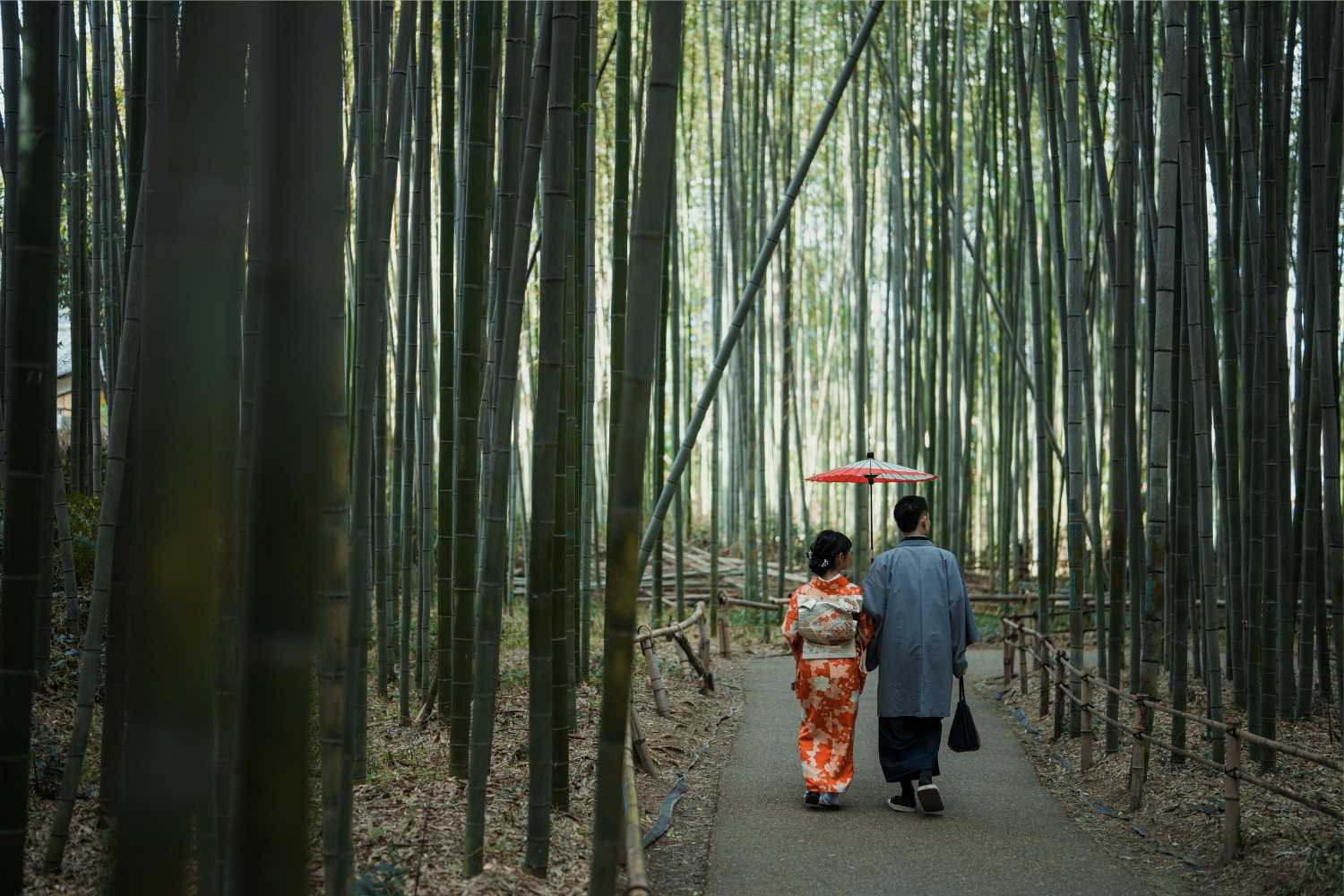If you want to visit Japan you should do it as soon as possible, because from 2026 there will be higher rates and stricter rules that will forever change traveling to the Land of the Rising Sun.

Table of contents
Those dreaming of strolling beneath the cherry blossoms of Kyoto or getting lost in Tokyo’s alleys at dusk should take seriously a warning coming directly from the Land of the Rising Sun: 2025 represents the last real window to visit Japan under the conditions we know, before a series of changes radically transforms its face for foreign travelers.
This isn’t just about an inevitable price increase, but a profound reorganization of Japanese tourism policies, aimed at curbing the effects of overtourism, mass tourism, which has now reached levels that are difficult to sustain for a country that has always jealously guarded its authenticity. With over 36 million visitors in 2024 alone, Japan now faces a crucial choice: continue to welcome floods of tourists without filters, with the consequences this entails for local communities and the environment, or introduce stricter rules that impose more responsible and selective tourism.
Higher rates for foreign tourists from 2026

@Sơn Bờm/Pexels
The direction taken appears clear. Starting in July 2026, a dual pricing system will be introduced at many of the country’s main attractions, distinguishing between residents and foreign tourists. For those arriving from abroad, the entrance price will be higher. A concrete example concerns the ski resorts of Niseko, which currently charge 5,000 yen per day ($33): from 2026, tourists will pay 6,500 yen ($43) for the same day on the slopes.
This is a measure designed to reduce the tourist load and ensure resources for maintaining structures and landscapes, often severely tested by the constant influx of visitors.
The price for Himeji Castle, for example, will rise for visitors from March 2026 to 2,000/3,000 yen ($13/$20) while for residents it will remain at 1,000 yen ($6.60)
Changes also on the tax-free shopping front
Significant changes are also coming on the tax-free shopping front, so beloved by those traveling to Japan. Starting in November 2026, it will no longer be possible to purchase goods at a discounted price at the time of purchase, but you’ll have to pay the amount including taxes, and then request a refund later. A detail that could make shopping less convenient, but which reflects the government’s desire to also review tax benefits for tourists.
Measures to protect Kyoto, Mount Fuji and iconic destinations

Alongside these economic measures, tangible limitations are emerging to protect Japan’s iconic places.
Kyoto, for example, has introduced limited access to the historic district of Gion, where cobblestone streets and wooden houses welcome tourists seeking atmospheres from another time.
Mount Fuji itself is subject to interventions to limit crowds, with a limited number of accesses and the installation of a wall to protect the view and reduce overcrowding in surrounding areas. In Tokyo, the most frequented neighborhoods are considering rules to reduce flows at certain hours, and, as already mentioned, Kyoto has introduced a specific accommodation tax for visitors, up to 10 times higher for foreign tourists.
The yen exchange rate is changing, costs are rising
Further complicating the situation is another factor: the favorable yen exchange rate, which for years has made Japan more accessible to travelers, is gradually losing its advantage. With a currency that is strengthening, those planning a trip to Japan may soon find themselves dealing with lower purchasing power compared to the recent past, in a country that already has high costs for flights and accommodations.
Why leaving by 2025 really pays off
Those who wish to experience an authentic Japan, walk through its streets crowded with izakayas and traditional shops, board a Shinkansen train to admire the countryside dotted with temples and castles, have before them an opportunity that won’t come again.
Visiting Japan by 2025, beyond the issue of economic savings, means immersing yourself in a country that is redefining its tourism future, with the ambition to preserve its cultural and natural balance (as in the case of Venice, Egypt and other parts of the world, now afflicted by the plague of mass tourism).
Before the rules change, before the experience itself transforms, this could truly be the last call to discover Japan as we’ve always dreamed of it.
